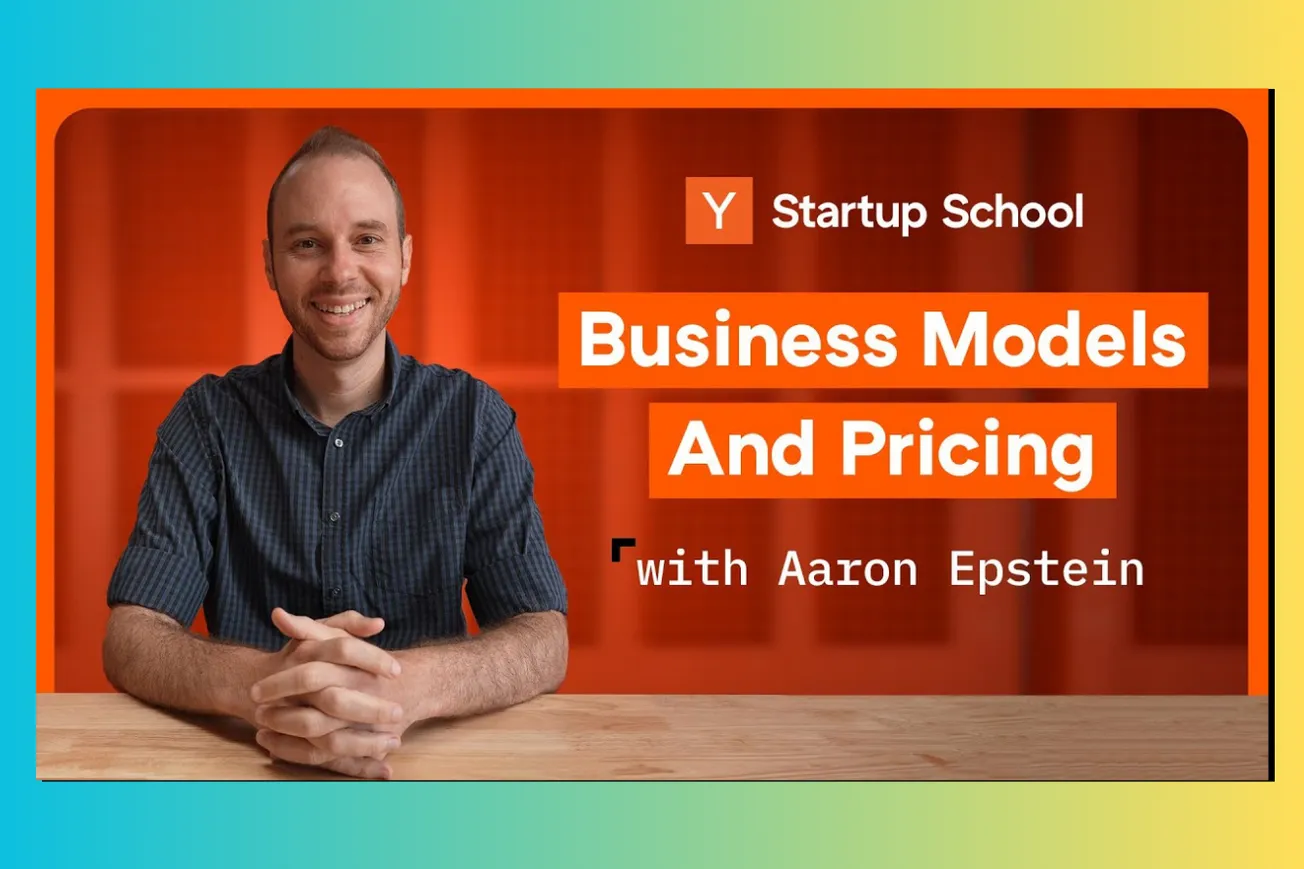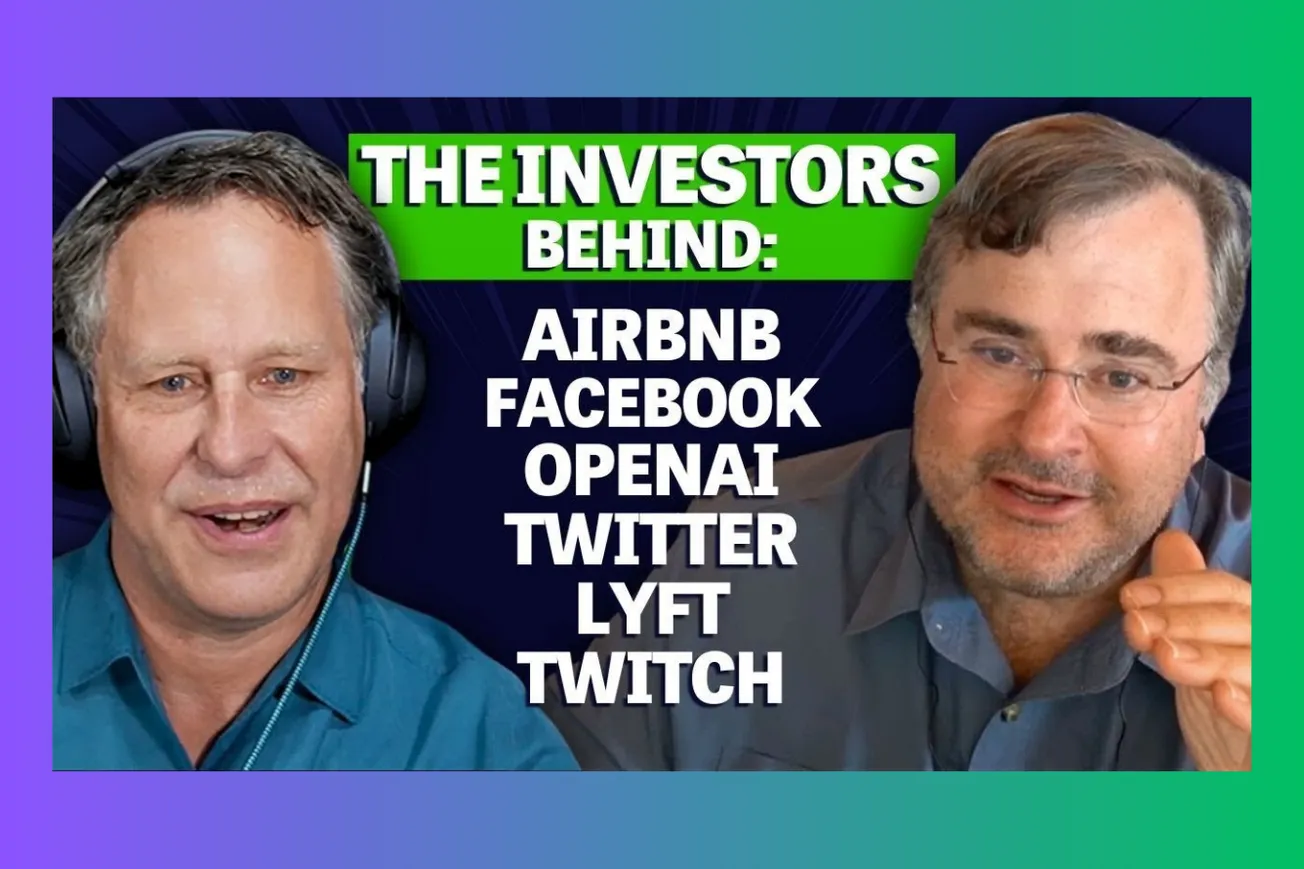Table of Contents
Key Takeaways
- Nearly all billion-dollar companies utilize one of just nine core business models.
- Analysis of the YC Top 100 reveals SaaS, Transactional, and Marketplace models dominate, accounting for 67% of these successful startups.
- Marketplaces, while challenging to start, often create "winner-take-all" scenarios and represent 5 out of the top 10 YC companies by value.
- Transactional businesses excel by being directly in the flow of funds.
- SaaS thrives on predictable, recurring revenue but requires strong customer retention.
- Crucial pricing principles include: always charge for your product, price based on value (not cost), avoid undercharging, understand pricing isn't permanent, and keep pricing structures simple.
The Nine Proven Business Models Behind Billion-Dollar Companies
Instead of reinventing the wheel, successful startups typically adopt one of a handful of proven business models. Understanding these models is crucial, as choosing an unproven approach can hinder growth and funding. The nine dominant models identified are:
- SaaS (Software as a Service): Cloud-based subscription software paid monthly or annually.
- Transactional: Businesses that facilitate transactions and take a percentage cut, common in fintech.
- Marketplaces: Platforms connecting buyers and sellers (two-sided marketplaces), taking a cut of transactions.
- Hard Tech: Businesses involving significant physical or deep technological innovation (e.g., self-driving cars, supersonic jets).
- Usage-Based: Pricing based on consumption or usage levels of a service or product.
- Enterprise: Selling complex solutions, often with long sales cycles, to large organizations.
- Advertising: Monetizing user attention through ads, requiring massive scale and often organic virality.
- E-commerce: Selling goods online directly to consumers.
- Bio: Companies focused on biotechnology and life sciences innovation.
(Note: A detailed guide covering metrics and examples for each model is mentioned as being linked in the original video description.)
Insights from the YC Top 100: Unpacking Winning Formulas
Analyzing Y Combinator's most valuable companies provides powerful insights into which models breed success.
- Dominance of SaaS, Transactional, and Marketplaces: These three models constitute a staggering 67% of the YC Top 100. SaaS leads with 31%, followed by Transactional at 22%, and Marketplaces at 14%. Conversely, models like Advertising and E-commerce barely register on this list.
- The Power Law & Top Performers: Startup success follows a power law, where the biggest winners vastly outperform others. The top 10 YC companies account for 50% of the total value of the top 100.
- Marketplaces as Giants: Five of the top 10 YC companies are marketplaces (including Airbnb, Instacart, Doordash). Though difficult to launch due to the "chicken and egg" problem (needing both supply and demand simultaneously), successful marketplaces develop powerful network effects. Each new user increases the platform's value for everyone, leading to market dominance where competitors struggle to gain traction. Marketplaces represent 14% of the Top 100 list but generate 30% of the total value.
- Transactional Strength: Three of the top 10 YC companies operate on a transactional model (e.g., Stripe, Coinbase, Brex). Their success stems from being embedded in the flow of funds, making it easy to capture a percentage of the money moving through their platform. They often become critical infrastructure for other businesses, creating high switching costs. Transactional companies account for 22% of the Top 100 list but create 29% of the value. The key advice is to get "as close to the transaction as possible".
- SaaS Consistency: SaaS is the most frequent model in the Top 100 (31%) because recurring revenue provides predictability and compounds growth. Customers pay repeatedly until they cancel, leading to higher lifetime values and lower relative acquisition costs compared to one-off models. However, this model hinges entirely on strong customer retention; high churn makes scaling impossible. Even a small drop in monthly retention (e.g., from 95% to 90%) drastically impacts long-term customer count.
Why Some Business Models Rarely Scale to Billions
The YC Top 100 list is also notable for the absence of certain models:
- Services/Consulting: While useful for initial learning, these businesses suffer from non-recurring revenue, scaling limitations (tied to people, not software), and low margins, making them unsuitable for venture scale.
- Affiliate Models: These are typically too far removed from the actual transaction, involving multiple steps before payment is received, making it hard to generate significant revenue at scale.
- Hardware: Often require substantial upfront capital for physical inventory and face lower margins, making them difficult to start and scale.
- Platform-Dependent Businesses: Building entirely on another company's platform carries significant platform risk; the underlying platform can change rules or compete directly, potentially shutting down the dependent business.
- Advertising (Generally): While some giants exist (Google, Facebook), very few YC Top 100 companies rely primarily on ads (only 3%). Success requires achieving massive organic virality and network effects, becoming a central hub like Reddit or Twitch. It's generally not advisable unless you aim to be a top 10 internet destination.
The Art of Startup Pricing: Five Essential Insights
Pricing isn't just about revenue; it's a powerful tool for learning about your customers and product value. Here are five core insights from YC:
- You MUST Charge: This is the most common mistake founders make – being afraid to ask for money. Fear of rejection or losing users prevents learning. Charging is the best way to determine if users are willing to pay, which users value your product most, and how much value they perceive. Even if they refuse, it signals that you haven't built enough value or are targeting the wrong segment. Stripe famously tested this by initially charging 5% (nearly double competitors) to gauge the value of their developer-friendly features. Don't overcomplicate early pricing; focus on getting the order of magnitude right. If you're charging $10 and could be charging $100, that's a problem; if you could be charging $15-$20, you're in the right ballpark for now.
- Price on VALUE, Not Cost: Avoid simple "Cost-Plus" pricing (calculating your cost and adding a fixed markup). This ignores the perceived value your product offers the customer. Understand the relationship between your Cost (to serve the customer), your Price (what you charge), and the Perceived Value (what the customer believes it's worth). Your margin is Price minus Cost; your opportunity to raise prices lies in the gap between Price and Perceived Value. To find this value, talk to users: ask what problem you solve for them. They'll likely mention helping them make more money, reduce costs/save time, move faster, or avoid risk. Another method is to keep raising prices incrementally until customers push back – the sweet spot is when they complain slightly but still pay.
- Most Startups Undercharge (You Probably Are Too): Competing solely on being cheaper than incumbents is not a sustainable strategy. Larger competitors can always undercut you. Charging higher prices provides better margins, which allows you to spend more on customer acquisition, building a moat. Price also signals value; a lower price might imply lower quality, while a premium price can suggest premium value. Raising prices is often the easiest way to increase revenue – doubling your price doubles revenue without needing double the customers. If users resist higher prices, you either need to build more value into the product or pivot to solving a more critical (top 3) problem for them. Strategic discounts should only be offered in exchange for something valuable: feedback from first users, a recognizable logo for social proof, achieving customer lock-in, or securing long-term renewals at a higher rate.
- Pricing Isn't Permanent: Founders often fear they have only one chance to set the right price. This isn't true. Pricing can and should evolve as your product and understanding improve. You can grandfather existing customers at old rates while charging new ones more, or give existing customers advance notice of increases, justifying them with added value. Netflix exemplifies this, regularly increasing prices for its massive subscriber base. If Netflix can raise prices on 221 million subscribers, you can adjust pricing for your early customers.
- Keep It Simple: Complex pricing tiers and confusing options create friction and discourage sign-ups. Compare a confusing page like Quicken's old pricing with multiple buttons and crossed-out prices to a clear, simple structure like Gitlab's three distinct plans. Your pricing page shouldn't be an obstacle. Segment's journey highlights these principles: they started free, nervously introduced a $10/month plan (only to hear customers expected to pay more for critical data infrastructure), and eventually, guided by an advisor, learned to charge enterprise rates ($18k-$120k+ annually), leading to a $3.2 billion acquisition.
By focusing on proven business models and applying these value-driven, iterative pricing strategies, startups can significantly improve their chances of building large, sustainable, and valuable companies. Innovate on your product, but copy a winning business model and don't be afraid to charge what your solution is truly worth.









